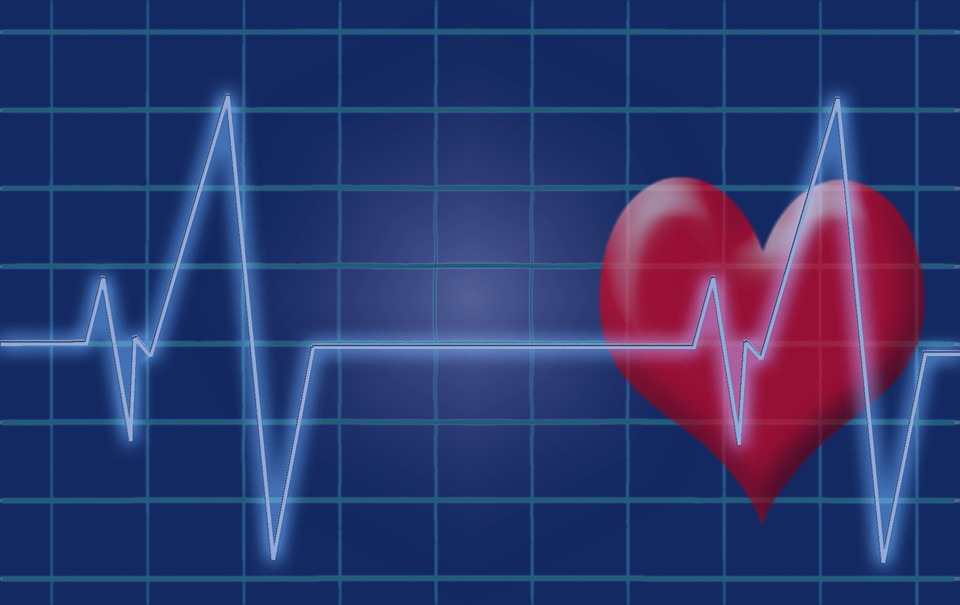
The team from Caltech, Huntington Medical Research Institute, and the University of Southern California (USC) developed the technique that infers the left ventricular ejection fraction (LVEF) of the heart. It does this by measuring the amount that the carotid artery displaces the skin of the neck as blood pumps through it.
LVEF represents the amount of blood in the heart that is pumped out with each beat. In a normal heart, this LVEF ranges from 50 to 70 per cent. When the heart is weaker, less of the total amount of blood in the heart is pumped out with each beat, and the LVEF value is lower. LVEF is a key measure of heart health and is used by doctors when making diagnostic and therapeutic decisions.
"In a surprisingly short period of time, we were able to move from invention to the collection of validating clinical data," said Caltech's Mory Gharib, senior author of a paper on the study that was published in Journal of Critical Care Medicine.
To test the app, clinical trials were conducted with 72 volunteers between the ages of 20 and 92 at an outpatient magnetic resonance imaging (MRI) facility. MRI is the ‘gold standard’ in measuring LVEF but is seldom used clinically due to its high cost and limited availability. Instead, LVEF is most commonly measured using an ultrasound machine during a procedure called echocardiography. Echocardiography, however, requires a trained technician, an expensive ultrasound machine, and up to 45 minutes of a patient's time.
To measure LVEF using the technique developed at Caltech, doctors held iPhones against the volunteers' necks for one to two minutes. Afterwards, the volunteers received an MRI examination, and data from both tests were compared. The measurements made by smartphone had a margin of error of ± 19.1 per cent compared with those done in an MRI. The margin of error for echocardiography is around ± 20.0 per cent.
"What is exciting about this study is that it shows our technique is as accurate as echocardiography at estimating LVEF when both are compared to the gold standard of cardiac MRI. This has the potential to revolutionise how doctors and patients can screen for and monitor heart disease both in the US and the developing world," Gharib said.
According to Caltech, the app works because the walls of arteries are almost completely elastic and expand and contract with every heartbeat. That expanding and contracting can be measured and described as a waveform that encodes information about the heart. For the study, the team used an iPhone 5, but any smartphone with a camera will work.
Gharib and his team are exploring what other information about the heart can be mined from the waveform captured by the app. Soon, he anticipates that the technique could be used to diagnose heart valve diseases, like aortic stenosis, and coronary artery blockages.
A start-up called Avicena has been set up to license the technology market the app.




Glasgow trial explores AR cues for autonomous road safety
They've ploughed into a few vulnerable road users in the past. Making that less likely will make it spectacularly easy to stop the traffic for...